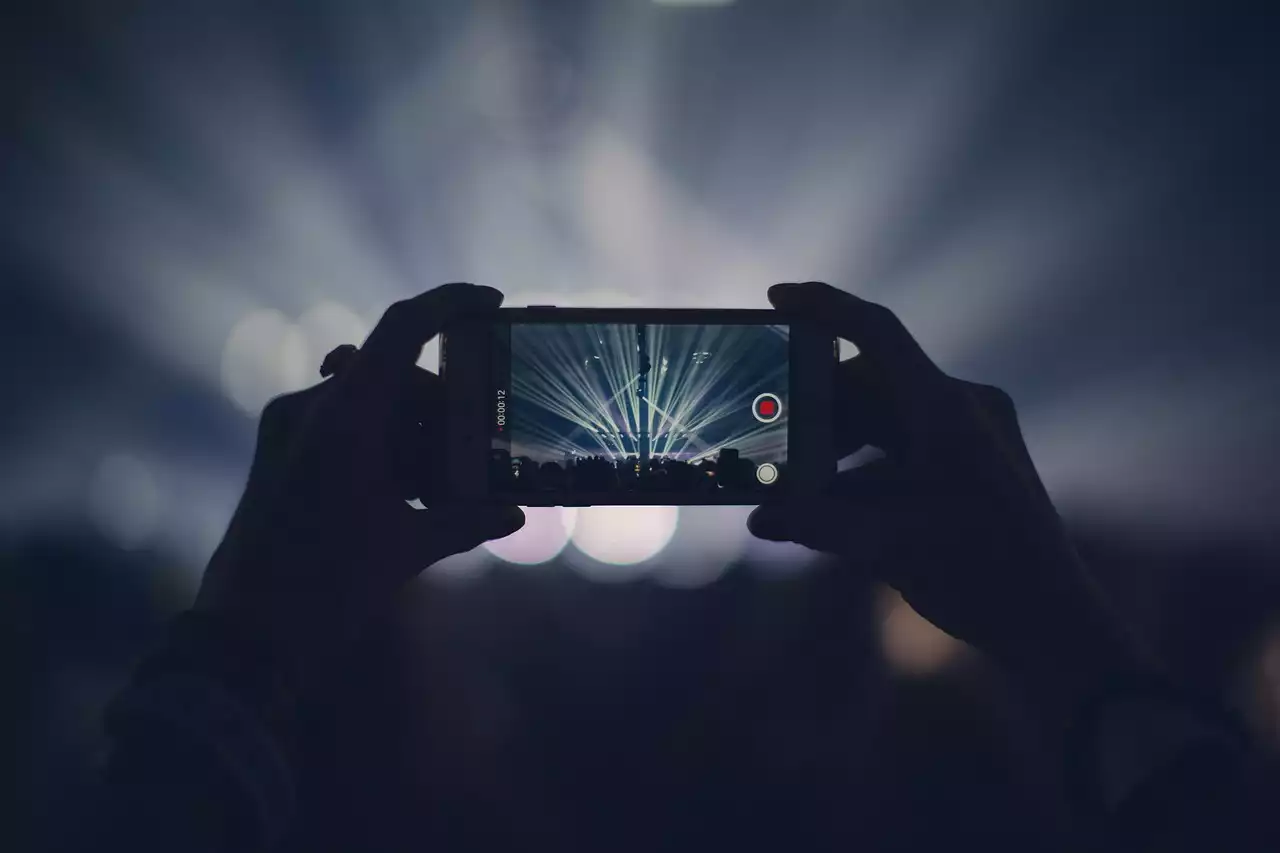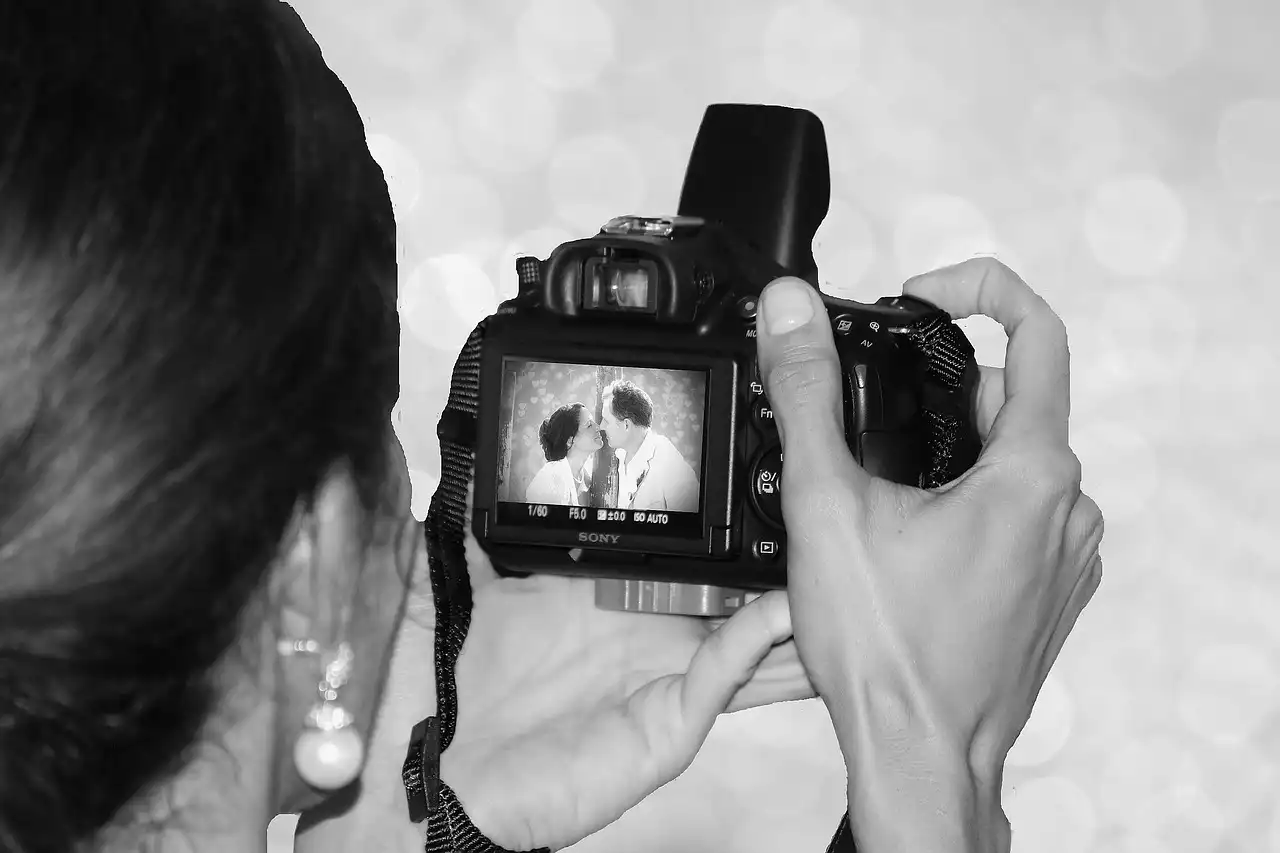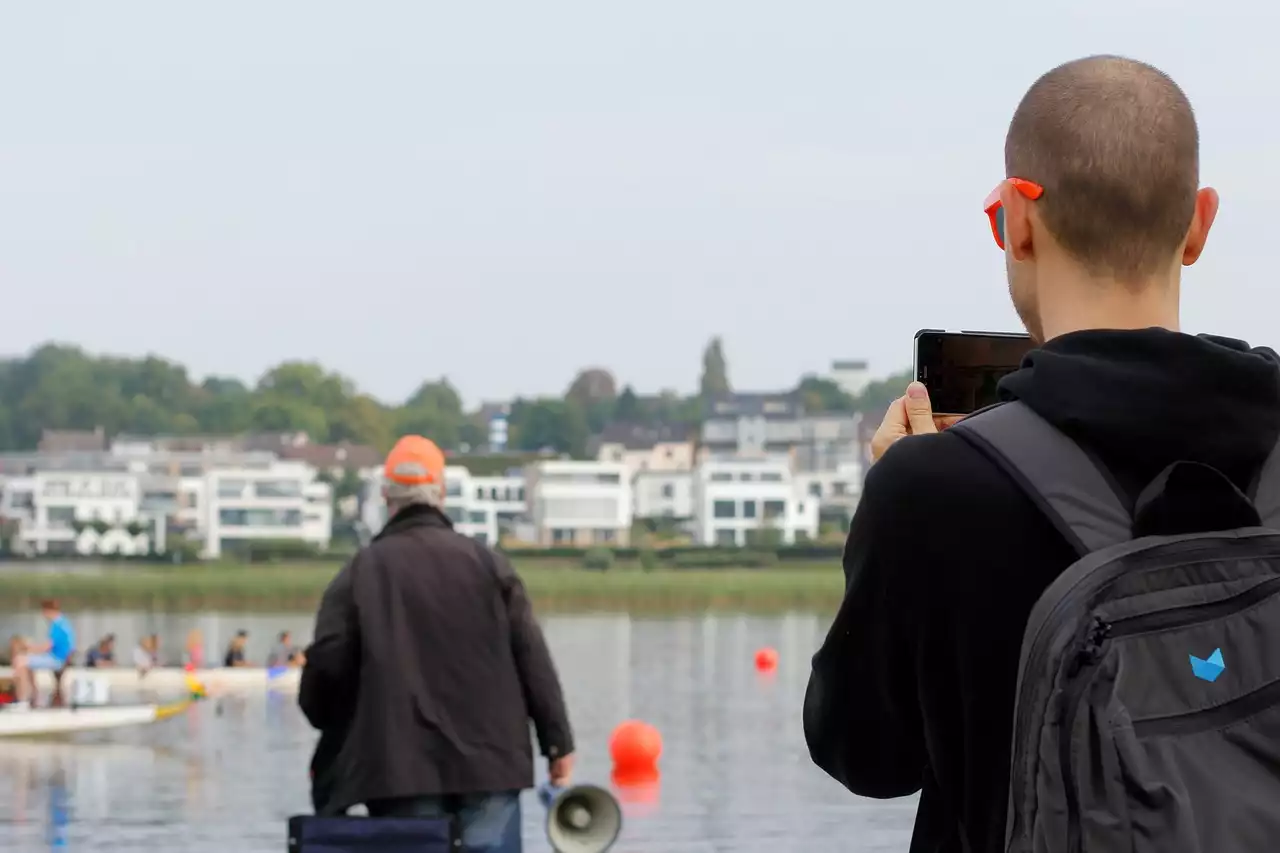Basics of photographing a live concert
A live concert is a special experience, it’s one-of-a-kind. You can’t re-create it in a studio or photograph it again. A live concert is a one-time event, and your photographs are a record of that event. Even if an artist is playing multiple concerts in one city, the concerts are never the same. A concert changes based on the energy of the crowd and the artist’s mood. By photographing a live show, you’re capturing a unique moment that cannot be re-created or repeated. This is why photographing a live concert is such a challenge. Capturing the energy of a live show with a camera is a fantastic experience. You can feel the electricity in the air as the music swells and the crowd cheers. Every smile and every movement is special, and these moments are frozen in time through a photograph. Photographing a live concert can be challenging, but with the right equipment and a little bit of practice, you can take incredible pictures that will be cherished for years to come.
Preparing for a live concert shoot
Before you walk into a concert venue, you should do a little bit of research about the artist you’re planning to photograph. You can find a list of upcoming shows and tour dates on the artist’s website, or you can search for their name on Google to find information about past concerts and upcoming shows. After you’ve found a show, you can find information about the venue online, including the address and seating chart, which will help you navigate the venue and know where to stand to get the best shots. There are a few other things you should do before you head out to shoot a live concert. First, you should decide what type of photography you want to do. Concert photography comes in many different forms, so you’ll want to decide whether you want to focus on capturing candid moments or if you want to focus on portraits of the artist. You should also check the weather forecast to make sure the show won’t be affected by weather or rain. You should also bring a charged phone and extra batteries, a fully charged camera and extra memory cards, snacks, water, and a sweater or jacket (especially if you’re photographing in the fall or winter). You never know what might happen during a concert, so it’s always best to be prepared for anything.
Choosing the right equipment
When you’re choosing the right equipment for photographing a concert, there are a few things to keep in mind. First, you’ll need to decide whether you want to use a digital SLR camera or a mirrorless camera. If you’re a beginner, a digital SLR camera is the easiest way to start photographing concerts. Mirrorless cameras are great, but they are usually a bit more advanced, so a digital SLR camera is usually a better choice for beginners. Next, you’ll want to choose the right lens for photographing a concert. Photographing concerts usually requires you to be quite far from the stage. Depending on the venue, you may need to be a few hundred feet or even a few thousand feet away from the stage. For a typical concert, a zoom lens with a focal length of 24-70mm or 24-105mm is usually a good choice. If you want to photograph a smaller venue, a zoom lens with a focal length of 70-200mm or 70-300mm will allow you to photograph the stage from a little bit closer. If you’re using a zoom lens, you’ll want to make sure it has image stabilization, which will help you get clear shots in low light situations, like concerts. You’ll also want to make sure you bring extra batteries and a charger. Rechargeable batteries are always a good choice, but it’s a good idea to bring a few fully charged spare batteries, just in case. You’ll also want to bring a memory card for storing your photos, a camera strap to keep your camera secure, and a notebook and pen to make notes about different shots you want to get.
Tips for taking great concert photos
Now that we’ve covered the basics of photographing a live concert, let’s talk about some specific tips and tricks that will help you take great photos. As you’re planning to photograph a concert, you’ll want to focus on capturing the energy of the crowd and the emotion of the artist. Here are a few tips to help you do that.
- Try different angles - If you’re standing in the same spot for the entire concert, you’ll get the same shots every time. Experiment with different angles, and try to get low or high above the crowd to capture different perspectives.
- Find the best light - Concerts are usually held in indoor venues, so you’ll want to find the best light you can. Usually, that means you’ll want to position yourself on the side of the stage where the lights are brightest.
- Watch for special moments - Concerts are full of special moments. Watch the artist and the crowd, and you’ll see lots of smiles, hugs, and special interactions. Watch for these special moments and try to capture them through your camera.
- Try to get close to the artist - If you’re lucky, you’ll be able to get close to the stage, and you’ll be able to get a few good photographs of the artist. If you’re close to the stage, you’ll want to make sure you’re as safe as possible, and you’ll want to get a good spot near the artist so that you can get close-up shots of them.
Capturing the energy of the stage
One of the most important things to capture at a live concert is the energy of the stage. When you’re photographing a concert, you’re not just taking pictures of the artist you’re also taking pictures of the crew and the equipment behind the scenes. You might not think that a soundboard or a lightboard is very interesting, but these things are part of the concert experience, and by photographing them, you can capture the energy of the stage. One of the best ways to do this is to shoot with a wide-angle lens, allowing you to get close to these different parts of the stage and capture the full experience. You can also get unique shots by shooting through a perforated metal grate.
Capturing intimate moments between the artist and the audience
Another important thing to capture at a live concert is the relationship between the artist and the audience. Concerts are a special experience, and they are usually a once-in-a-lifetime experience for the fans in the audience. You can capture those special moments between the artist and the audience by shooting wide or even with a telephoto lens, but you can also get close-up shots of the artist by using a macro lens. A macro lens is a special lens that allows you to get close to your subject while still getting a sharp and clear photo. A macro lens is great for photographing concerts because you can get close to the artist while still getting a shot that includes the entire stage and the audience. A macro lens is a specialized lens, so you’ll want to make sure you bring it with you to the concert.








